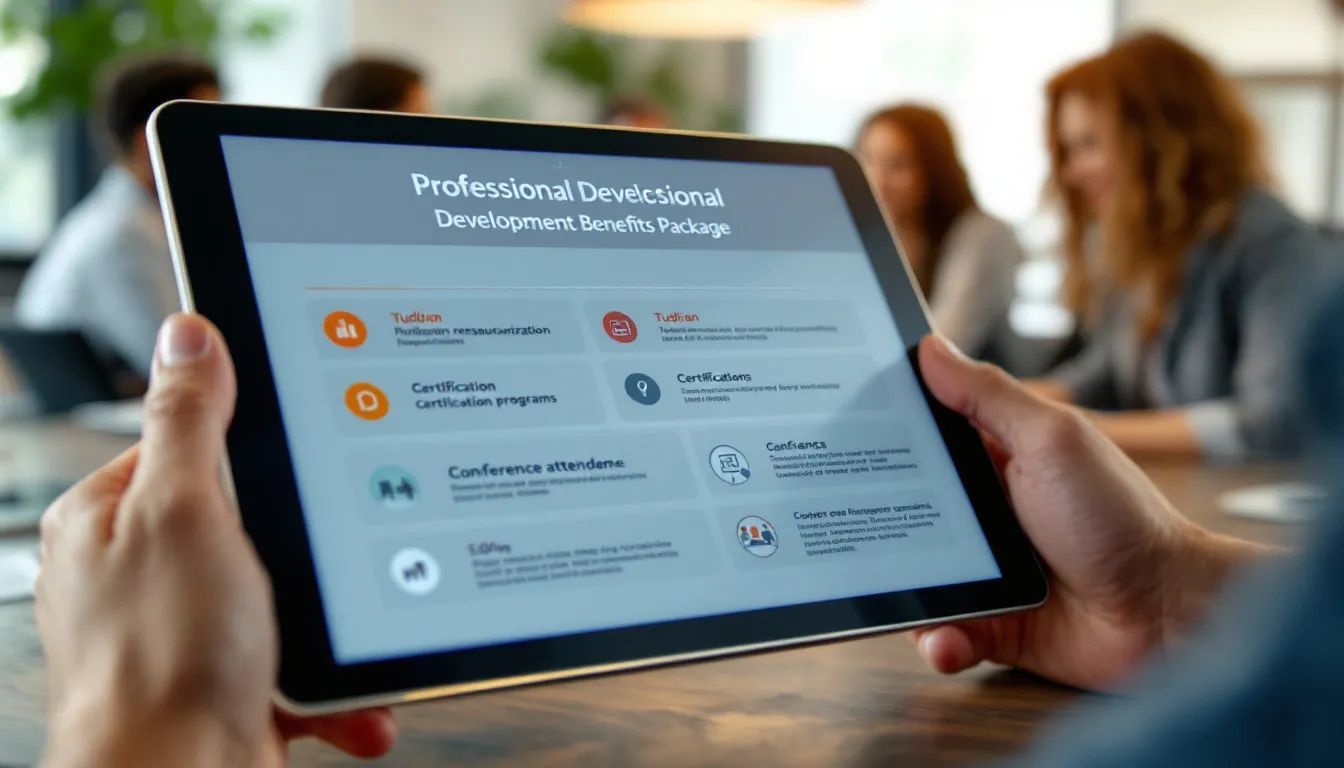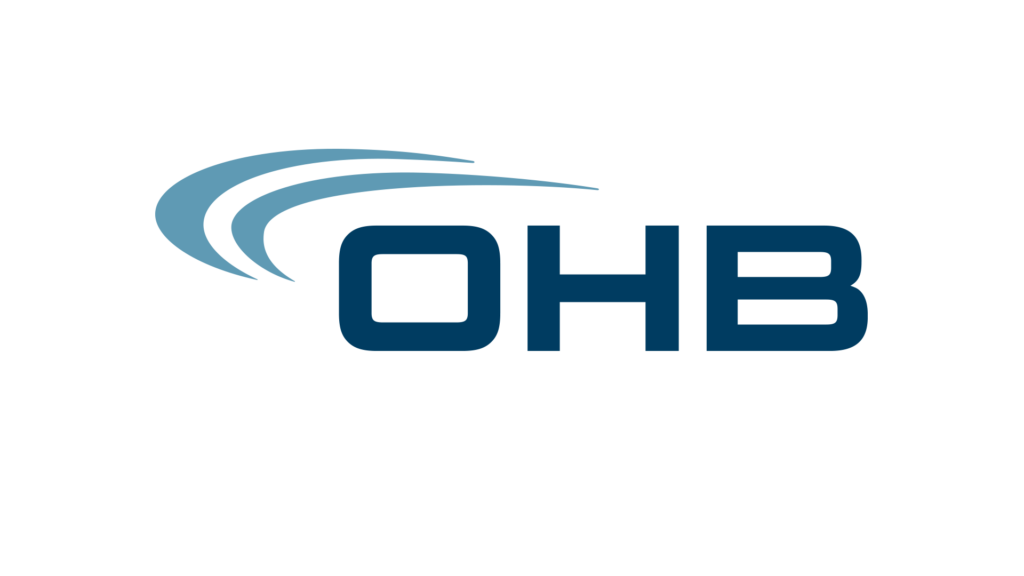In today's competitive job market, salary isn't the only factor that matters when evaluating career opportunities. Imagine walking into your office on Monday morning to find a massage therapist offering free 15-minute sessions, or receiving an email about company-sponsored cooking classes after work. These workplace perks can transform your daily experience and significantly impact your job satisfaction, productivity, and overall well-being.
But what exactly constitutes effective perks at work, and how can both employers and employees maximize their benefits? By the end of this guide, you'll discover not only the most valuable workplace benefits available today, but also how to advocate for the perks that matter most to you—and why the right mix of benefits might be more important than you think for long-term career satisfaction.
Understanding the Value of Workplace Perks
Perks at work extend beyond the traditional compensation package of salary and basic benefits. They represent additional advantages, services, or privileges that employers offer to enhance employee experience and satisfaction. While standard benefits typically include health insurance, retirement plans, and paid time off, perks encompass a broader range of offerings designed to improve quality of life, boost morale, and create a positive workplace culture.
The landscape of workplace perks has evolved dramatically over the past decade. What began as simple coffee and snacks in break rooms has expanded to include comprehensive wellness programs, flexible work arrangements, professional development opportunities, and even exotic benefits like unlimited vacation policies or sabbaticals. This evolution reflects changing workforce demographics, shifting values, and increasing recognition of the importance of employee well-being.
Research consistently shows that thoughtfully designed perks at work deliver significant returns on investment for companies. According to various studies, organizations with robust perks programs report higher employee engagement, reduced turnover, and greater success in recruiting top talent. For employees, these perks can provide substantial financial savings, improve work-life balance, reduce stress, and contribute to overall job satisfaction.
The right perks at work don't just make employees happier—they make them more productive, more loyal, and more likely to become advocates for their employer.
Understanding the true value of workplace perks requires looking beyond the immediate appeal of free lunches or game rooms. The most effective perks address fundamental employee needs, align with company culture, and support both personal and professional growth. When implemented strategically, perks at work become powerful tools for building stronger, more resilient organizations where employees can thrive.
Types of Workplace Perks: From Essential to Extraordinary

Workplace perks come in many forms, ranging from practical necessities to luxurious extras. Understanding the different categories can help both employers and employees identify which perks provide the most value for their specific situations.
Financial Perks
Financial perks directly impact employees' economic well-being:
- Profit-sharing programs
- Stock options and equity
- Performance bonuses
- Student loan repayment assistance
- Housing assistance
- Commuter benefits
- Discounts on products and services
These perks at work provide tangible financial advantages that can significantly improve employees' financial security and purchasing power. For example, a robust employee discount program might save the average worker thousands of dollars annually on everyday purchases.
Wellness and Health Perks
Health-focused perks support physical and mental well-being:
- Comprehensive health insurance with low deductibles
- On-site fitness facilities
- Subsidized gym memberships
- Mental health resources and counseling
- Wellness programs and challenges
- Healthy meal options
- Ergonomic workstations
The focus on wellness perks has intensified in recent years, with companies recognizing that healthy employees are happier, more productive, and less likely to miss work. Many organizations now offer holistic wellness programs that address physical, mental, and emotional health.
Work-Life Balance Perks
These perks help employees manage the demands of work and personal life:
- Flexible work schedules
- Remote work options
- Unlimited or generous paid time off
- Paid parental leave
- Sabbaticals
- Compressed workweeks
- Summer hours
Work-life balance perks at work have become increasingly important as employees seek greater control over when and where they work. The pandemic accelerated this trend, with remote and hybrid work arrangements becoming standard at many companies.
Professional Development Perks
Career-focused perks support growth and advancement:
These investments in employee development not only benefit individuals but also strengthen the organization by building a more skilled workforce.
Social and Cultural Perks
These perks enhance workplace relationships and company culture:
Neroia, a social employee benefits platform, has pioneered innovative approaches to workplace social perks. Their platform uses AI-driven recommendations to connect coworkers through small-group activities tailored to individual interests and schedules, fostering authentic connections that might not naturally form in the workplace.
Other common social and cultural perks include:
- Team-building activities and retreats
- Company-sponsored social events
- Employee recognition programs
- Volunteer opportunities
- Cultural celebrations
- Pet-friendly offices
- Game rooms and recreational spaces
These perks at work create opportunities for meaningful connections among colleagues, contributing to a positive company culture and stronger workplace relationships.
The Impact of Perks on Employee Satisfaction and Retention
The relationship between perks at work and employee satisfaction is well-established. When employees feel valued through thoughtful perks and benefits, their overall job satisfaction tends to increase. This satisfaction translates into tangible business outcomes, including higher productivity, greater innovation, and improved customer service.
Employees who are satisfied with their benefits package are four times more likely to be satisfied with their jobs overall.
Perhaps most significantly, the right perks can dramatically improve employee retention. In today's competitive job market, where replacing a skilled employee can cost 1.5 to 2 times their annual salary, reducing turnover represents a substantial cost saving. Companies with comprehensive perks programs typically experience turnover rates 31% lower than those with minimal offerings.
The impact varies across different demographic groups. Younger employees often prioritize flexibility, professional development, and social perks, while mid-career professionals may place higher value on financial benefits and work-life balance. Understanding these preferences allows organizations to tailor their perks at work to meet the diverse needs of their workforce.
Several case studies illustrate the power of effective perks programs:
- A mid-sized technology company reduced annual turnover from 22% to 9% after implementing a flexible work policy and expanding professional development benefits.
- A healthcare organization saw employee engagement scores increase by 28% following the introduction of a comprehensive wellness program and improved work-life balance initiatives.
- A manufacturing firm decreased recruitment costs by 35% after enhancing their perks package to include tuition assistance and skill development opportunities.
These examples demonstrate that thoughtfully designed perks at work deliver measurable returns on investment while significantly improving the employee experience.
How to Evaluate and Maximize Your Workplace Perks
To get the most value from perks at work, employees should take a strategic approach to understanding and utilizing available benefits. Here's how to evaluate and maximize your workplace perks:
Conducting a Personal Perks Audit
Start by creating a comprehensive inventory of all available perks at your workplace:
- Review your employee handbook and benefits documentation
- Check your company's intranet or HR portal
- Ask HR representatives about lesser-known benefits
- Speak with colleagues about perks they utilize
- Look for recent announcements about new offerings
Once you've identified available perks, assess which ones align with your personal needs and priorities. Consider both immediate needs and long-term goals when evaluating the potential value of different perks.
Maximizing Utilization of Available Perks
Many employees leave significant value on the table by underutilizing available perks. To maximize your benefits:
- Create a calendar reminder for enrollment periods and deadlines
- Set specific goals for utilizing professional development funds
- Incorporate wellness benefits into your regular routine
- Take full advantage of matching programs for retirement or charitable giving
- Use employee discount programs for planned purchases
- Schedule time to participate in social and team-building activities
Remember that perks at work only provide value when you actually use them. Make a conscious effort to incorporate relevant perks into your work life.
Advocating for New or Enhanced Perks
If your organization lacks perks that would be valuable to you and your colleagues, consider advocating for new offerings:
When advocating for new perks at work, focus on how the proposed benefits align with company values and business objectives. Framing perks as investments rather than expenses increases the likelihood of approval.
Emerging Trends in Workplace Perks
The landscape of workplace perks continues to evolve in response to changing workforce demographics, technological advancements, and shifting societal values. Understanding these trends can help both employers and employees anticipate future developments in the perks ecosystem.
Technology-Enabled Perks
Digital platforms are transforming how perks at work are delivered and experienced:
- Virtual wellness programs accessible from anywhere
- Digital learning platforms with personalized development paths
- Mobile apps for managing benefits and accessing perks
- AI-driven recommendations for relevant perks and benefits
- Virtual team-building experiences for remote teams
These technology-enabled perks offer greater accessibility, personalization, and flexibility than traditional benefits programs.
Personalization and Choice
One-size-fits-all approaches to perks are giving way to more personalized offerings:
The future of workplace perks lies in personalization—giving employees the freedom to choose benefits that align with their unique needs and values.
Flexible benefit allowances, cafeteria-style plans, and lifestyle spending accounts enable employees to select the perks that provide the most value for their specific situations. This personalization recognizes the diversity of employee needs and preferences.
Holistic Well-being Focus
Modern perks programs increasingly address all aspects of employee well-being:
- Mental health resources and support
- Financial wellness education and tools
- Social connection opportunities
- Purpose and meaning in work
- Environmental wellness initiatives
This holistic approach recognizes that true well-being encompasses physical, mental, emotional, financial, and social health. Companies at the forefront of perks innovation are designing comprehensive programs that support employees in all these dimensions.
Remote and Hybrid Work Perks
As remote and hybrid work arrangements become permanent fixtures, perks at work are adapting to support distributed teams:
- Home office stipends and equipment
- Virtual social events and team building
- Co-working space allowances
- Internet and utility subsidies
- Work from anywhere periods
These perks acknowledge the changing nature of work and help create positive experiences for employees regardless of their physical location.
Innovative companies like Neroia are leading the way in developing solutions that address the unique challenges of modern work arrangements. Their platform helps maintain social connections and company culture even when employees aren't physically together, using technology to facilitate meaningful interactions among colleagues.
Designing an Effective Perks Program: Advice for Employers

For employers seeking to create or enhance their perks at work offerings, a strategic approach is essential. Effective perks programs align with business objectives while meeting employee needs and preferences.
Assessing Employee Needs and Preferences
Start by gathering data about what matters most to your workforce:
- Conduct anonymous surveys about desired perks
- Hold focus groups with diverse employee representation
- Analyze utilization rates of existing perks
- Review exit interview feedback about benefits
- Benchmark against industry standards and competitors
This research provides the foundation for a perks program that truly resonates with employees rather than simply following trends.
Aligning Perks with Company Culture and Values
The most effective perks at work reflect and reinforce organizational culture:
- For innovation-focused companies: Creative spaces, time for personal projects, and cutting-edge technology
- For wellness-oriented organizations: Comprehensive health programs, work-life balance initiatives, and stress reduction resources
- For learning cultures: Robust professional development, mentoring programs, and educational benefits
- For community-minded businesses: Volunteer opportunities, charitable matching, and sustainability initiatives
When perks align with company values, they strengthen organizational identity and help attract employees who share those values.
Measuring ROI and Adjusting Accordingly
To ensure perks deliver value for both employees and the organization:
- Establish clear objectives for your perks program
- Identify relevant metrics (retention rates, engagement scores, recruitment success, etc.)
- Collect regular feedback on perk satisfaction and utilization
- Calculate cost-benefit ratios for major perks
- Make data-driven decisions about which perks to continue, enhance, or eliminate
Regular evaluation allows organizations to optimize their perks at work investments and adapt to changing employee needs.
Communication and Accessibility
Even the best perks program fails if employees don't know about or understand available benefits:
- Create clear, comprehensive documentation of all perks
- Develop a communication strategy for introducing new perks
- Provide regular reminders about available benefits
- Offer guidance on how to access and maximize perks
- Remove unnecessary barriers to utilization
Effective communication ensures employees recognize and appreciate the full value of their perks package.
The Future of Workplace Perks
As we look ahead to 2025 and beyond, several factors will shape the evolution of perks at work:
- Demographic shifts: As Gen Z becomes a larger portion of the workforce, their preferences for authenticity, flexibility, and purpose will influence perks offerings.
- Technology advancements: AI, virtual reality, and other emerging technologies will create new possibilities for personalized, accessible perks.
- Economic conditions: Organizations will seek perks that deliver maximum value while managing costs effectively.
- Regulatory changes: New legislation may impact tax treatment of certain perks or establish minimum standards for benefits.
- Global competition: International talent markets will drive innovation in perks as companies compete for skilled workers.
Forward-thinking companies like Neroia are already pioneering the next generation of workplace perks. By focusing on authentic connections between colleagues and leveraging technology to create meaningful experiences, these innovators are demonstrating how perks can evolve beyond transactional benefits to become transformative elements of workplace culture.
The most valuable perks at work don't just improve employee satisfaction—they strengthen organizational culture and create sustainable competitive advantage.
As the workplace continues to evolve, the most successful perks programs will be those that remain flexible, responsive to employee needs, and aligned with broader organizational objectives. By viewing perks as strategic investments rather than mere costs, companies can create environments where both employees and the business thrive.
Conclusion: Making the Most of Your Workplace Perks
Perks at work represent a significant opportunity for both employees and employers. For individuals, understanding and fully utilizing available perks can enhance financial well-being, support professional growth, improve work-life balance, and increase overall job satisfaction. For organizations, thoughtfully designed perks programs can strengthen culture, improve retention, boost productivity, and create competitive advantage in talent markets.
The key to maximizing the value of workplace perks lies in alignment—ensuring that available perks match the actual needs and preferences of employees while supporting broader organizational objectives. This alignment requires ongoing communication, regular assessment, and willingness to adapt as needs and circumstances change.
As workplace perks continue to evolve, innovative platforms like Neroia are helping organizations create more meaningful, personalized experiences for their employees. By fostering authentic connections between colleagues through AI-driven recommendations for small-group activities, Neroia addresses a fundamental human need for connection while supporting organizational goals for engagement and retention.
Whether you're an employee seeking to make the most of available benefits or an employer looking to enhance your perks offerings, the principles remain the same: focus on value, prioritize communication, embrace personalization, and view perks as investments in people and culture rather than simply line items in a budget.
By taking a strategic approach to perks at work, both individuals and organizations can realize the full potential of these powerful tools for creating positive, productive workplace experiences.




